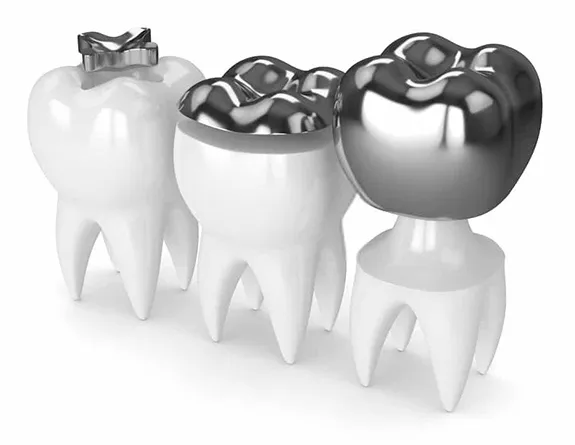Inlays And Onlays
Restorative Dentistry

What Is Inlay in Dentistry?
Inlays are manufactured to match the biting surface of a tooth that has been damaged by illness or an accident. They are created by taking a mold of the damaged portions and sending it to a lab for production. An inlay is designed to fit exactly into the concave of the tooth while having no influence on the cusps.
The dentist attempts to match the color of the tooth as precisely as possible when taking the print. This reduces their visibility when placed in the mouth. As a result, inlays become more precious, but they also last longer. When a puffing is insufficient to strengthen the girding teeth and the depression needs harsher accessories to reinforce the tooth, a dentist will do a root canal.
What exactly is Onlay in dentistry?
An onlay will strengthen the tooth while also protecting the decayed region. After administering a deadening anesthetic in the mouth, the dentist prepares the tooth similarly to a filling by drilling out the cavity and drawing up the region. A temporary onlay is also put over the cavity, and the print is transferred for an infinite number of copies to be made.
When it arrives, it is also placed in the mouth. The tooth structure is preserved with an onlay, but with a crown, some type of cusp modification, if not complete removal, may be required. They are also fashioned of demitasse or a combination of materials. Onlays are sometimes known as "partial crowns" since they have a similar purpose but only cover a piece of the tooth rather than the full thing.











